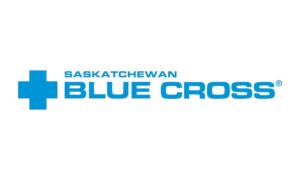Aon report reveals 'staggering' 2022 natural disaster costs

Aon says last year was the fifth costliest year for insurers, with global insured losses recorded at approximately $US132 billion ($185.82 billion) as severe weather events and inflated costs increased losses.
The figures come from the firm’s Annual Weather, Climate and Catastrophe Insight report, which tallies overall economic losses relating to natural disasters at $US313 billion ($440.62 billion), a 4% rise above 21st-century averages.
Hurricane Ian, which hit the US and neighbouring countries in late September, accounted for $US50 billion ($70.39 billion) to $US55 billion ($77.42) of all insured losses. The category four storm has been recorded as the second-costliest natural disaster from an insurance perspective, behind Hurricane Katrina in 2005.
Despite continued La Nina conditions, Aon noted annual droughts in Europe and North America, which reported $US3 billion ($4.22 billion) and $US8 billion ($11.26 billion) in insured losses, respectively.
“Prominence of droughts and heatwaves highlighted growing importance of these perils in a warming world,” Aon says.
The report also revealed that 421 “notable natural disaster events” were recorded last year, which was a slight increase on the 21st-century average, and that 75% of all insured losses were registered in the US, above the average of 60%.
“The devastation that disasters caused around the world demonstrate the need for wider adoption of risk mitigation strategies, including better disaster management and warning systems that improve resilience,” Aon Head of Catastrophe Insight Michal Lorinc said.
“While impacts of climate change become increasingly visible around the world, it is the socioeconomic aspects, demographics and wealth distribution that remain a major driver of financial loss.”
The report highlighted a 58% “protection gap”, which was one of the lowest on record. It says the figures showed a “positive shift in how businesses are navigating volatility through risk mitigation, and how insurers are providing further protection to underserved communities through access to capital.”
Aon CEO Greg Case says the data from the report presents a “tremendous opportunity” for the firm to continue to serve its customers and incorporate recommended changes.
“By working together on scalable solutions, we will not only mitigate risk, but bring together public, private and societal forces to accelerate innovation, protect underserved communities and strengthen the economy,” Mr Case said.



